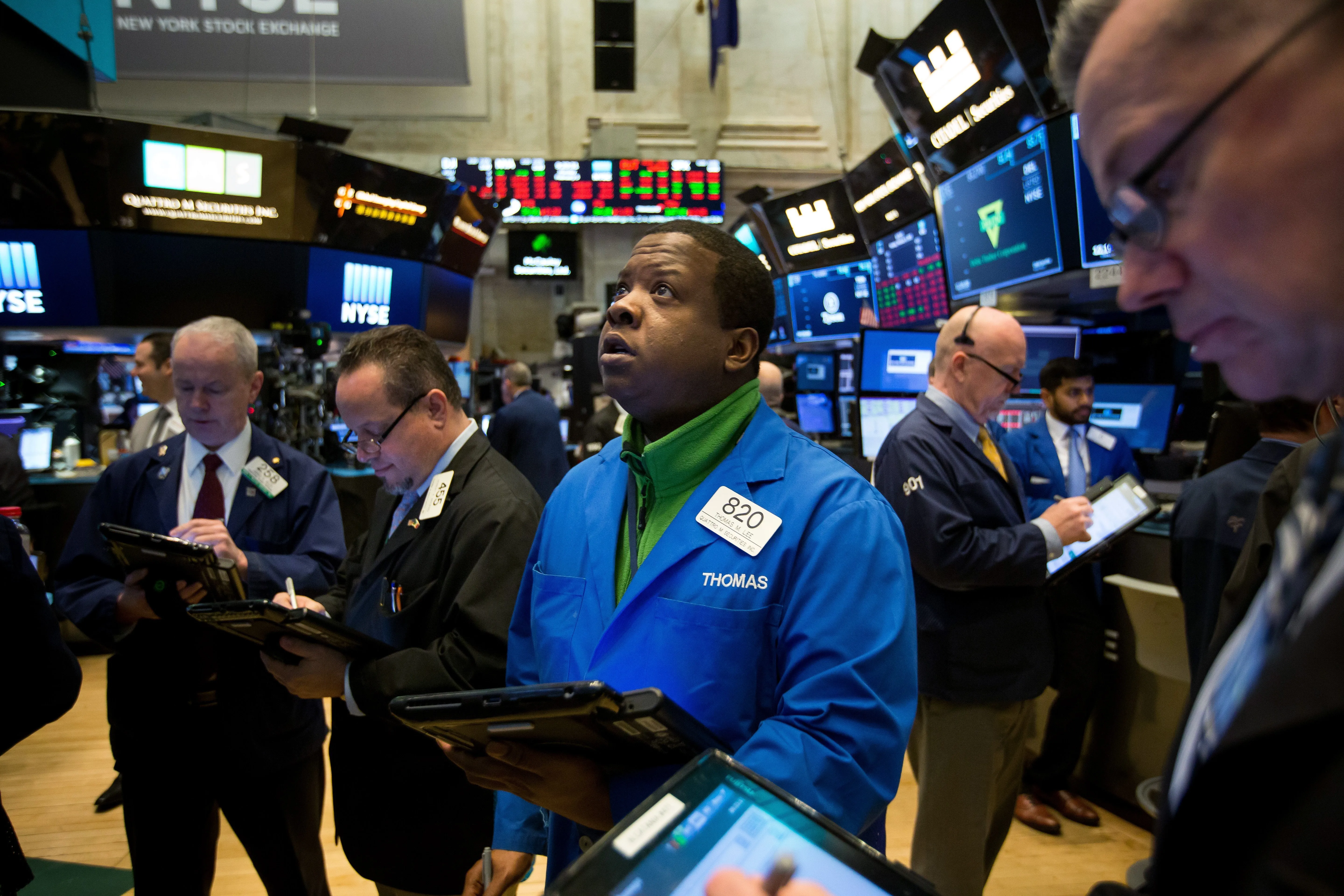AI Dominates the S&P 500. These Stocks Could Balance Your Portfolio if the Hype Cools Off
As valuations for artificial intelligence (AI) stocks continue to soar, investors might want to start thinking about a backup plan, says Adam Parker, founder of Trivariate Research.
Parker suggests building a diversified list of stock ideas outside the AI space a move that’s becoming increasingly important given how heavily the S&P 500 is now tilted toward tech and AI-related names.
“Our quality-adjusted AI factor now shows the highest correlation ever with the S&P 500,” Parker wrote in a Sunday note. “It’s not an exaggeration to say that the S&P 500 has effectively become an AI bet.”
Stocks remain near record highs, fueled largely by investor excitement over AI’s potential. On Monday, the S&P 500 climbed 1.2% in midday trading after a choppy week that still ended in positive territory.
But as prices rise, more voices are beginning to question whether the AI surge is sustainable. Allianz’s chief economic adviser, Mohamed El-Erian, referred to it as a “rational bubble” noting that while AI can indeed deliver long-term productivity gains, the wave of investment money pouring into AI-related companies could eventually outpace fundamentals.
“At the end of the day, only a handful of companies will emerge as real winners,” El-Erian told CNBC’s Squawk Box. “Some of the money being put to work right now will inevitably end in disappointment.”
Parker remains optimistic about the near term, saying that AI-driven productivity improvements and a more dovish Federal Reserve stance should support the market over the next three to six months.
When comparing today’s environment to the dot-com bubble of 1999–2000, Parker pointed out that while there are some similarities, the differences are significant. For instance, mega-cap and large-cap stock valuations aren’t nearly as extreme as they were two decades ago. Moreover, today’s corporate spending is backed by strong cash flows rather than excessive debt.
Still, Parker cautioned that the market’s current speculative tone can’t last indefinitely. “The market tends to anticipate patterns quickly, and it’s hard to imagine another six months of this kind of speculative enthusiasm,” he wrote. “It’s time to think about portfolio hedges uncorrelated or diversified long positions and to steer clear of the most speculative names.”
To find potential diversification plays, Trivariate Research screened for stocks with low correlation to its AI semiconductor basket. The selected companies had to meet several criteria: at least a 10% gain over the past six months, above-average quality, a beta below 1 (meaning less volatility than the broader market), and a market capitalization above $50 billion.
Walmart: Blending retail and AI
Although Walmart has a low correlation with AI semiconductor stocks, it’s hardly ignoring the technology. The retail giant is increasingly using AI to streamline operations and enhance the customer experience. Its most recent move came last week when it announced that shoppers can now make direct purchases through OpenAI’s ChatGPT.
Walmart reported mixed second-quarter results in August, with earnings missing expectations but revenue beating forecasts. Despite headwinds such as tariffs, the company raised its full-year guidance for both earnings and sales. Shares have climbed roughly 18% this year, and investors will be watching closely when Walmart reports fiscal third-quarter results next month.
Netflix: A content powerhouse
Netflix is another name on Parker’s diversification list and is scheduled to release its latest earnings on Tuesday. Bernstein analyst Laurent Yoon recently noted that the success of the animated film K-Pop Demon Hunters will be pivotal for the company’s quarterly performance.
Earlier in October, shares dipped after Tesla CEO Elon Musk encouraged his followers to cancel their Netflix subscriptions, claiming one show promoted a “transgender woke agenda.” However, analysts downplayed the impact, and the stock quickly rebounded. Netflix shares have surged nearly 40% year to date.
Welltower: Riding demographic trends
Rounding out the list, Welltower a real estate investment trust (REIT) specializing in senior housing, post-acute care, and medical office buildings has rallied more than 40% this year. The aging U.S. population and limited housing supply are tailwinds for the senior-living industry.
Bank of America forecasts that operating margins for the top five senior housing REITs including Welltower, Ventas, Sabra, American Healthcare REIT, and National Health Investors will expand beyond Wall Street’s expectations in the coming years, reaching an estimated record of 39% by 2028, compared to the current projection of 36%.
The bottom line
As AI continues to dominate investor attention, experts like Parker suggest it’s wise to balance enthusiasm with prudence. While the AI revolution shows real potential, diversification remains the cornerstone of a resilient portfolio and names like Walmart, Netflix, and Welltower offer compelling opportunities outside the tech frenzy.

Subscribe to our newsletter!
As a leading independent research provider, TradeAlgo keeps you connected from anywhere.








